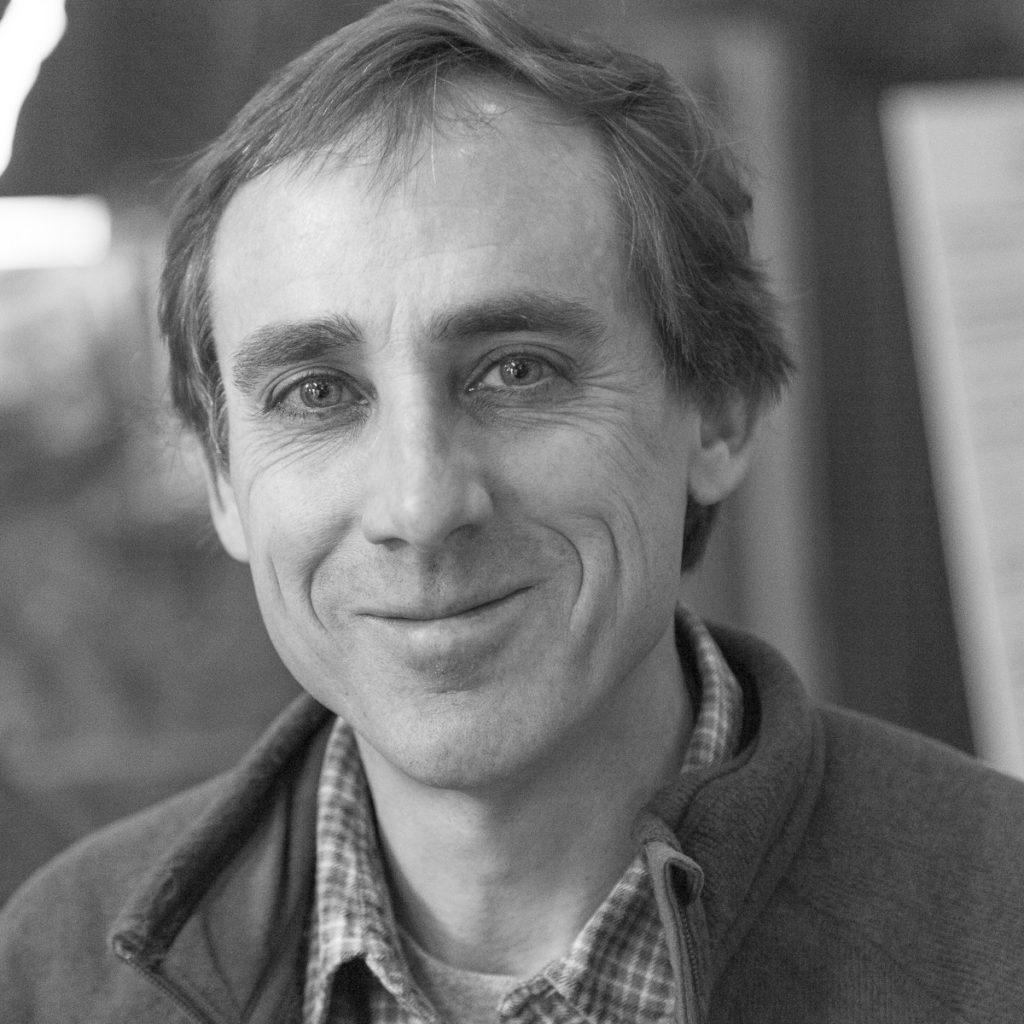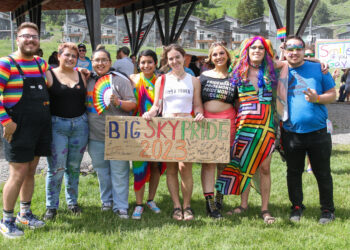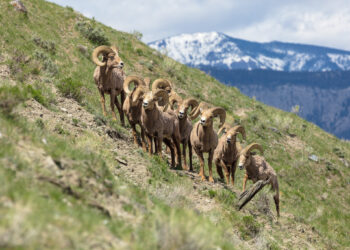By Todd Wilkinson EBS COLUMNIST

Recent “historic” floods in Yellowstone that obliterated park roads did not do the same to the wildness inside the national park. This doesn’t mean there isn’t a pain of loss. The longtime popular geothermal soaking site near Mammoth known as Boiling River is now gone, washed away the torrent of the Gardner River, and no longer what we’ve known it to be.
I started musing on such occurrences long ago. On Sept. 7, 1988, I was among a small group of reporters evacuated to the very edge of Old Faithful Geyser’s blow hole. The open treeless ground of sinter dust rimming the famous gusher was considered one of the safest spots to be that day in the Upper Geyser Basin of Yellowstone.
A park ranger frantically escorted us there where we waited in retreat from a giant wall of flames pushed it in our direction by a roar of hurricane-force winds. We could hear the approaching wildfire’s sonic approach long before the blinding smoke squall arrived followed by a blast of intense heat and raining embers that caused surrounding hillsides to erupt in conflagration on the other side of us.
Yes, it was surreal.
A fickle shift of only a few degrees in wind direction spared one of the most iconic rustic hotels in the West from encountering a direct hit and likely being reduced to ash. The human-built, historic Old Faithful Inn could easily have caught fire and burned down and we too might have perished. All the while, during the mayhem of human scrambling, Old Faithful Geyser continued to erupt and it was indeed otherworldly to see the fountain backdropped by what humans might describe as apocalyptic light.
No one or no part of Yellowstone died on that day. Later, in the autumn of 1988, after a snowstorm had put out the massive fires that even hundreds of millions of dollars could not suppress, I had a conversation with Yellowstone’s chief scientist, John Varley, who offered a perspective I carry forward to you now.
“Nature,” Varley said, “never destroys herself.”
Quite the opposite, he noted. She is constantly creating, additively or reductively, though not often in accordance with the desire of Homo sapiens to control her. We can harm the fabric of Nature by simplifying her, even liquidating parts of our own life support system out of greed, malic or ignorance.
Wildfire certainly didn’t “kill” Yellowstone, as some politicians claimed in response to the historic
blazes of 1988. With more than one-third of the park’s 2.2 million acres touched by fire, the ecologically uninformed elected officials also wrongly asserted that Yellowstone had been rendered a lifeless “moonscape.”
Yellowstone, like planet Earth, is a product of fire, magma and other natural elements such as rainfall and snowpack affecting the landscape we associate with the hydro-geothermal panorama of the park, including its subterranean network of 10,000 wondrous geysers, hot springs, colorful pools and steam vents.
Not long ago, when scientists released the findings of the first-ever assessment on human-caused climate change for the Greater Yellowstone Ecosystem, they revealed that sometime around 800 years ago, maybe in the 14th century, extreme drought and high temperatures radically altered the flow of water circuiting Yellowstone. It caused, for a time, Old Faithful to stop erupting due to insufficient water moving through the natural underground plumbing system. It could happen again, at any time, and likely might if one of the thousands of tiny seismic events that occurs every year in Yellowstone, atop of a giant magma plume known as the Supervolcano, shakes things up.
The legendary geyser, as it did in the 1300s, could stop erupting again later this century if temperatures rise another 10 degrees Fahrenheit, if humans keep burning fossil fuels and other things that load large amounts of carbon dioxide gas affecting “normal” precipitation.
We can’t stop earthquakes but we are capable of changing the planet’s thermostat and our influence in potentially shutting down Old Faithful is just one example of how our individual action—maybe driving a gas-burning vehicle—spews CO2 that then influences the atmosphere which then influences everything else.
We won’t kill Yellowstone but we can destroy the very things that draw us to her, products of natural evolution that had little to do with us. The things we do inside and outside of the park can have ripple effects upon the natural things that exist without any adherence to park boundaries. Yellowstone the park is an arbitrary construct—a bellwether, a metaphor, a mirror for assessing whether we are willing to, with deliberateness, “allow” Nature to happen.
In wildlife routes and passageways are the encoded memory of wild lands and indigenous knowledge, words and a language spoken for thousands of years but then suppressed. Wildlife leads us back to a kind of connectivity with nature we so desperately need and indigenous inhabitants understood because it was essential to their survival and, in recognition of that, their spiritual being. Harm Nature, harm the gifts that the Creator offers, and you harm yourself.
Just as Nature reminds of common chords, so too are there causes and effects. While Nature cannot be “destroyed,” she can be stripped down of her parts. Why has so much wildlife diversity vanished from so much of the rest of the world?
We don’t know what the total consequences will be, though we know that, for the health of people and other species, diversity matters. When you visit Yellowstone, take note of that.
NOTE: The above is partially excerpted from Todd Wilkinson’s new book, “Ripple Effects: How to Save Yellowstone and America’s Most Iconic Wildlife Ecosystem,” available at bookstores and via Mountain Journal (mountainjournal.org).
Todd Wilkinson is founder of Bozeman-based Mountain Journal (mountainjournal.org) and a correspondent for National Geographic and The Guardian. He’s authored numerous books, including “Ripple Effects.”













